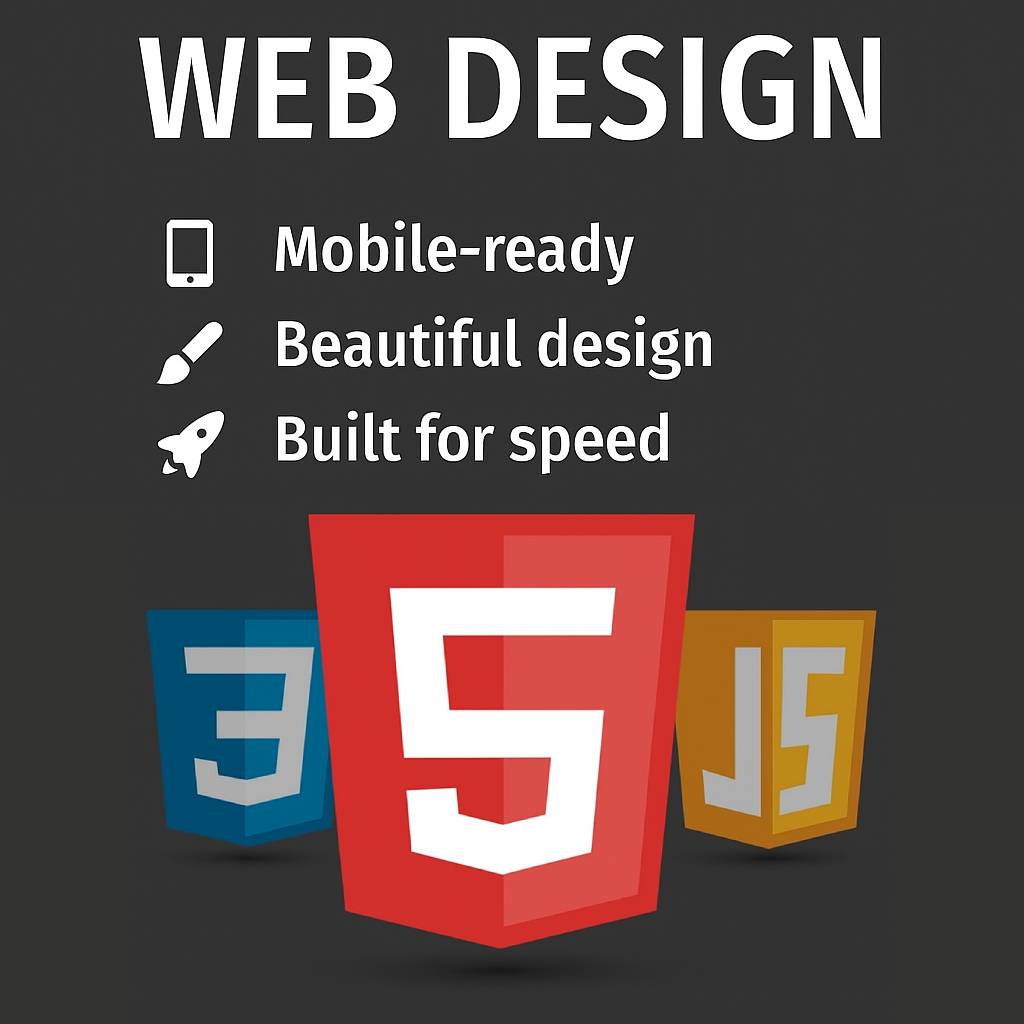Post at a Glance
WordPress is a powerful content management system (CMS) that owes much of its flexibility to its hook system, specifically actions and filters. Actions allow developers to execute custom code at specific points during WordPress’s execution, enabling seamless integration and customization without modifying core files. In this post, we’ll dive into WordPress actions, explore common design patterns, and demonstrate how to create reusable code snippets akin to PHP includes for maintainable and scalable development.
What Are WordPress Actions?
WordPress actions are predefined points in the WordPress lifecycle where developers can “hook” custom functions to perform tasks. Unlike filters, which modify data, actions are designed to do something—like enqueue scripts, send emails, or display content.
The primary functions for working with actions are:
- add_action( $hook_name, $callback, $priority, $accepted_args ): Attaches a function to a specific action hook.
- do_action( $hook_name, $args ): Triggers the action, executing all hooked functions.
- remove_action( $hook_name, $callback, $priority ): Detaches a function from an action hook.
For example, the wp_enqueue_scripts action lets you add stylesheets or JavaScript files to your theme:
function enqueue_custom_styles() {
wp_enqueue_style( 'custom-style', get_stylesheet_uri() );
}
add_action( 'wp_enqueue_scripts', 'enqueue_custom_styles' );Here, enqueue_custom_styles runs when WordPress triggers the wp_enqueue_scripts action, ensuring your stylesheet loads properly.
Why Use WordPress Actions?
Actions promote modularity and non-destructive customization. Instead of editing WordPress core or theme files (which can break during updates), you can use actions to inject functionality. Benefits include:
- Extensibility: Plugins and themes can work together without conflicts.
- Maintainability: Code stays organized and update-safe.
- Reusability: Actions allow you to reuse logic across projects.
Now, let’s explore patterns and techniques for leveraging actions effectively.
Common Patterns for Using WordPress Actions
1. The Basic Hook Pattern
The simplest pattern is attaching a single function to an action hook. This is ideal for straightforward tasks like adding analytics code to the footer:
function add_analytics_code() {
echo '<script>console.log("Analytics loaded");</script>';
}
add_action( 'wp_footer', 'add_analytics_code' );Use case: Quick, one-off functionality that doesn’t require complex logic.
Pros: Simple and direct. Cons: Can clutter your functions.php if overused.
2. The Priority Pattern
WordPress actions allow you to control execution order using the $priority parameter (default is 10). Lower numbers run earlier, higher numbers later. This is useful when multiple functions hook into the same action.
For example, suppose two plugins add content to the wp_footer action:
function add_analytics() {
echo '<script>console.log("Analytics");</script>';
}
add_action( 'wp_footer', 'add_analytics', 10 );
function add_popup() {
echo '<div class="popup">Hello!</div>';
}
add_action( 'wp_footer', 'add_popup', 20 );Here, analytics loads before the popup because of the priority (10 < 20).
Use case: Controlling the order of scripts, styles, or content. Pros: Fine-grained control over execution. Cons: Requires coordination to avoid conflicts with other plugins/themes.
3. The Conditional Hook Pattern
You can conditionally execute actions based on context, such as the current page, user role, or device. This optimizes performance by running code only when needed.
Example: Load a script only on the homepage:
function enqueue_homepage_script() {
if ( is_front_page() ) {
wp_enqueue_script( 'homepage-script', get_template_directory_uri() . '/js/homepage.js' );
}
}
add_action( 'wp_enqueue_scripts', 'enqueue_homepage_script' );Use case: Page-specific features, user role-based functionality, or A/B testing. Pros: Improves performance by limiting code execution. Cons: Can become complex with multiple conditions.
4. The Dynamic Action Pattern
The do_action() function lets you create custom action hooks in your theme or plugin, allowing others to extend your code. This is a hallmark of WordPress’s extensibility.
Example: In a custom plugin, define a hook after saving a post:
function save_custom_post( $post_id ) {
// Save post logic
do_action( 'after_custom_post_save', $post_id );
}Other developers can hook into this action:
function notify_admin_on_save( $post_id ) {
wp_mail( 'admin@example.com', 'Post Saved', 'Post ID: ' . $post_id );
}
add_action( 'after_custom_post_save', 'notify_admin_on_save' );Use case: Building extensible plugins or themes. Pros: Encourages collaboration and customization. Cons: Requires clear documentation for others to use your hooks.
5. The Class-Based Pattern
For larger projects, organizing actions within classes improves maintainability. This pattern encapsulates related functionality and avoids global namespace pollution.
Example: A class to handle theme scripts and styles:
class Theme_Assets {
public function __construct() {
add_action( 'wp_enqueue_scripts', [ $this, 'enqueue_assets' ] );
}
public function enqueue_assets() {
wp_enqueue_style( 'theme-style', get_stylesheet_uri() );
wp_enqueue_script( 'theme-script', get_template_directory_uri() . '/js/main.js' );
}
}
new Theme_Assets();Use case: Large themes or plugins with multiple related actions. Pros: Organized, testable, and scalable. Cons: Slightly more complex than standalone functions.
Creating Reusable Code with Actions (Like PHP Includes)
Reusing code is critical for efficient development. PHP’s include or require statements let you reuse snippets, but in WordPress, actions provide a dynamic alternative. Here’s how to create reusable, modular code using actions.
1. Centralized WordPress Action Registration
Instead of scattering add_action calls across your codebase, centralize them in a single file or class. This mimics the modularity of PHP includes.
Example: Create a hooks.php file to register all actions:
// hooks.php
function register_theme_actions() {
add_action( 'wp_enqueue_scripts', 'enqueue_theme_assets' );
add_action( 'wp_footer', 'add_custom_footer_content' );
}
add_action( 'after_setup_theme', 'register_theme_actions' );Then, include hooks.php in your functions.php:
require_once get_template_directory() . '/inc/hooks.php';Benefit: All action hooks are in one place, making it easy to audit or modify behavior.
2. Reusable Action Callbacks
Create reusable callback functions in separate files, similar to PHP includes. For example, organize callbacks in an inc/callbacks/ directory:
// inc/callbacks/assets.php
function enqueue_theme_assets() {
wp_enqueue_style( 'theme-style', get_stylesheet_uri() );
}
// inc/callbacks/footer.php
function add_custom_footer_content() {
echo '<p>Custom footer content</p>';
}Then, register them in hooks.php:
require_once get_template_directory() . '/inc/callbacks/assets.php';
require_once get_template_directory() . '/inc/callbacks/footer.php';
add_action( 'wp_enqueue_scripts', 'enqueue_theme_assets' );
add_action( 'wp_footer', 'add_custom_footer_content' );Benefit: Callbacks are modular and reusable across projects, like PHP includes.
3. Action-Based Template Parts
Use actions to inject reusable template parts dynamically, avoiding hard-coded get_template_part() calls. This is particularly useful for child themes or plugins.
Example: Define an action for a banner section:
// In your theme's header.php
do_action( 'before_header_banner' );Create a reusable template in inc/templates/banner.php:
function render_header_banner() {
?>
<div class="banner">
<h2>Welcome to Our Site!</h2>
</div>
<?php
}
add_action( 'before_header_banner', 'render_header_banner' );Child themes can override this by hooking a different function:
function render_custom_banner() {
echo '<div class="custom-banner">Custom Banner!</div>';
}
add_action( 'before_header_banner', 'render_custom_banner', 20 );Benefit: Flexible and overridable, like a dynamic include.
4. Plugin-Ready Reusable Modules
For plugins, package reusable functionality into modules that other developers can enable or disable via actions.
Example: A logging module:
// inc/modules/logger.php
function enable_logging() {
add_action( 'save_post', 'log_post_save' );
}
function log_post_save( $post_id ) {
error_log( 'Post saved: ' . $post_id );
}Activate the module conditionally:
if ( defined( 'ENABLE_LOGGING' ) && ENABLE_LOGGING ) {
require_once get_template_directory() . '/inc/modules/logger.php';
enable_logging();
}Benefit: Portable and toggle-able, ideal for plugins or shared libraries.
Best Practices for Using Actions
- Use Descriptive Hook Names: For custom hooks, use prefixes (e.g., myplugin_before_save) to avoid conflicts.
- Document Your Hooks: Provide clear documentation for custom do_action hooks to help other developers.
- Keep Callbacks Focused: Each callback should do one thing well to maintain readability.
- Test for Conflicts: Check if other plugins/themes use the same hooks and adjust priorities if needed.
- Use Namespaces or Classes: For large projects, organize code to prevent naming collisions.
Summary
WordPress actions are a cornerstone of extensible, maintainable development. By mastering patterns like priority control, conditional hooks, and class-based organization, you can build robust themes and plugins. Moreover, by structuring actions and callbacks like PHP includes—using centralized registration, reusable templates, and modular files—you create code that’s portable and scalable.
Whether you’re adding a simple script to wp_footer or building a complex plugin with custom hooks, actions empower you to customize WordPress elegantly. Start experimenting with these patterns in your next project, and you’ll unlock the full potential of WordPress’s hook system.
Happy coding bloggers.
REQUEST WORDPRESS DEVELOPMENT
Do you have a WordPress or would you like one? Fill out this short form and we’ll contact you to talk about your WordPress project needs.














